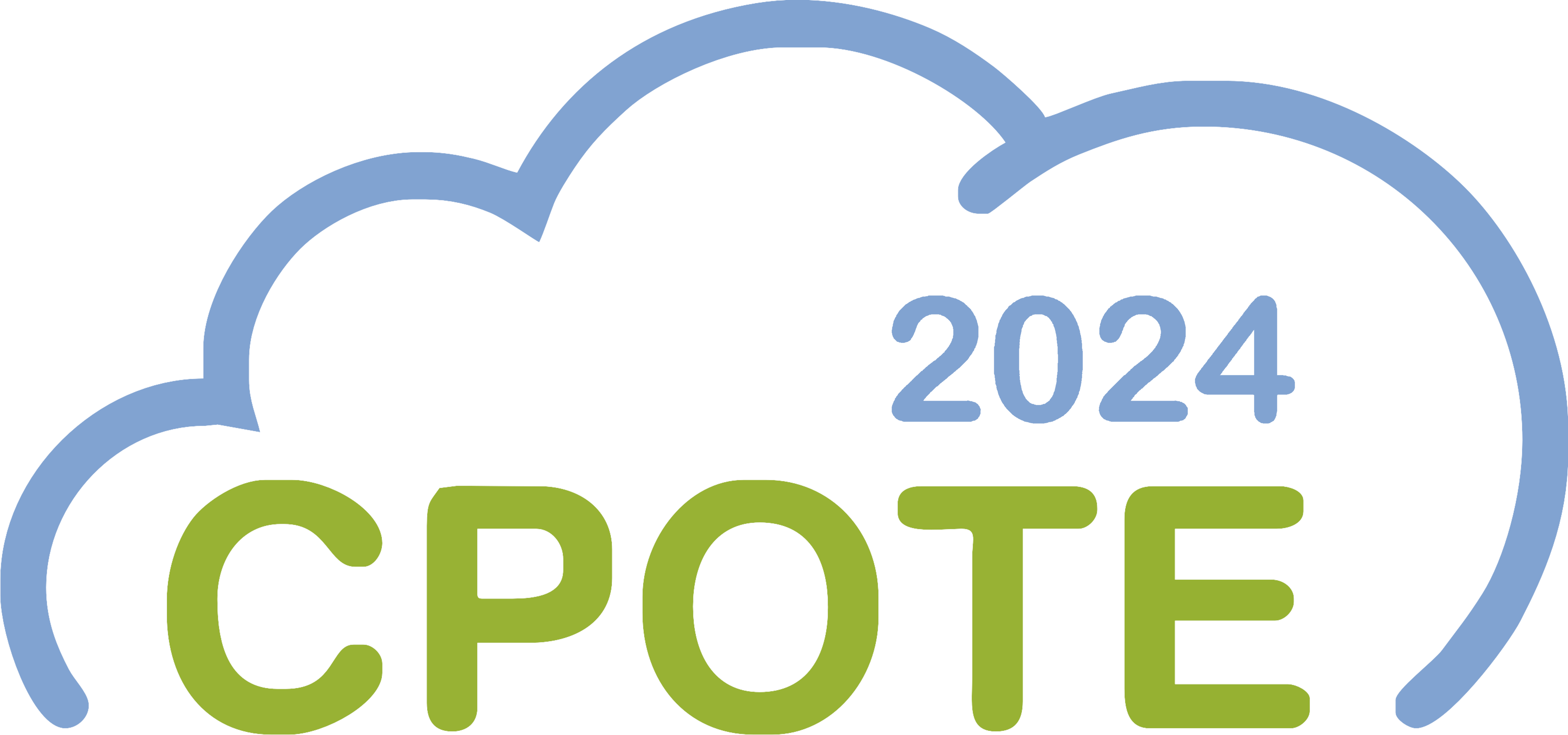
CPOTE2024
|
8th
International Conference on
Contemporary Problems of Thermal Engineering
23-26 September 2024 | Gliwice, Poland | Hybrid event
Contemporary Problems of Thermal Engineering
23-26 September 2024 | Gliwice, Poland | Hybrid event
Abstract CPOTE2024-1027-A
Optimization of hybrid CO2 capture processes
Carlos FISCHER, INGAR Instituto de Desarrollo y Diseño (CONICET-UTN), ArgentinaMiguel MUSSATI, INGAR Instituto de Desarrollo y Diseño (CONICET-UTN), Argentina
Tatiana MOROSUK, Technishe Universität Berlin, Germany
Sergio MUSSATI, INGAR (CONICET-UTN), Argentina
The investigation of carbon dioxide (CO₂) capture has been primarily focused on the analysis of standalone separation technologies, including absorption, adsorption, membranes, as well as cryogenics, amongst others. However, there have been relatively limited studies on integrated and hybrid separation technologies. Therefore, the objective of this study is to assess the potential of hybrid membrane and amine-based processes for CO₂ capture processes. In order to achieve this, the Aspen Custom Modeller (ACM) is employed to develop a rigorous model of the membrane-based capture process, which is subsequently integrated with the rigorous model of the amine-based process supported by the ASPEN simulator. The combination of these software tools facilitates the investigation of hybrid membrane-amine processes. Simulation-based optimisation approaches are methodically applied to optimise the entire process. The variables to be optimized include the operating conditions of all the process streams, namely the flowrates, pressures, temperatures, as well as the compositions. Furthermore, the sizing of the various process units must be considered, with the optimization process encompassing the dimensions of the absorption/regeneration columns for the amine-based process, as well as the heat transfer areas in the heat exchangers, the reboiler, and the condenser. In the case of the membrane-based process, the compressors capacities, the membrane areas, and the heat loads in the heat exchangers, along with the corresponding heat transfer areas, must be taken into account. This study presents an in-depth analysis of various optimized designs and a comparison between them in terms of their respective merits. One of the key findings is the potential for attractive and feasible integration opportunities between membrane and amine-based processes. This could result in the development of a more integrated hybrid system, rather than the current approach of coupling both processes in a straightforward sequential configuration.
Keywords: CO2 capture, Hybrid capture processes, Membrane-based capture system, Amine-based capture system, Diglycolamine DGA